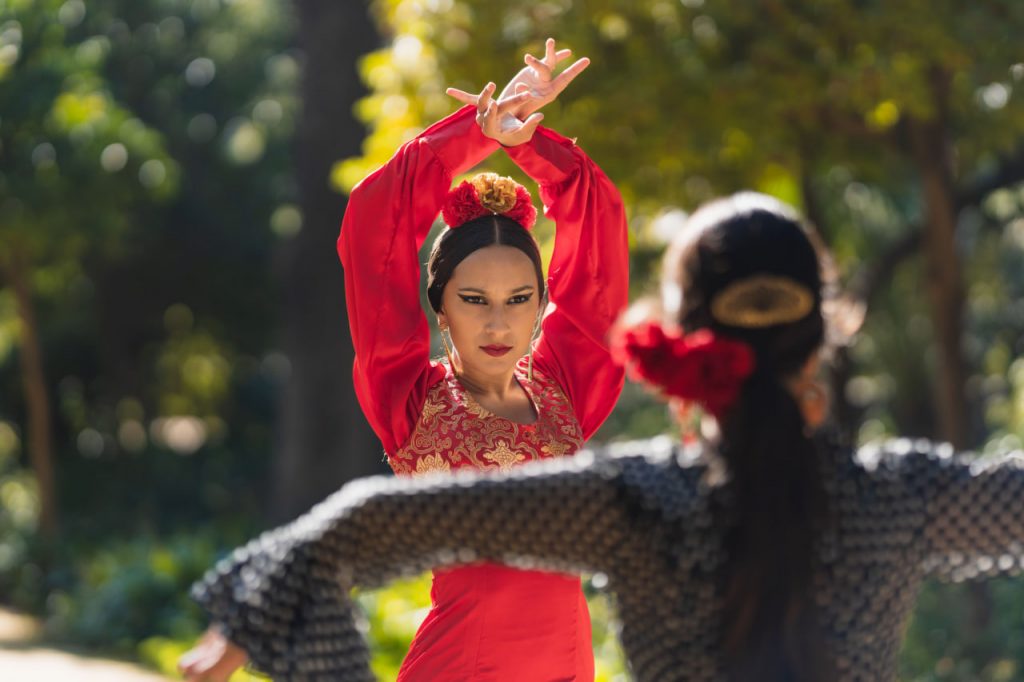As globalization reshapes the world, many traditions risk fading into the background. Languages are disappearing, customs are being forgotten, and dances — once passed down through generations — are becoming distant memories. But cultural dance holds a unique power: it carries history, identity, and spirit in a form that is both living and evolving.
Dance as a Living Archive
Traditional dances are more than movements — they are archives of cultural memory. Every gesture, costume, rhythm, and formation tells a story. Whether it’s the circular energy of Balkan folk dances, the layered footwork of Indian Bharatanatyam, or the grounded earthiness of Andean rituals, these dances preserve the philosophies, values, and stories of the communities that created them.
Through dance, we remember.
Intergenerational Connection
When elders teach young people traditional dances, they’re not just passing on choreography — they’re transmitting identity. It becomes an act of bonding, of respect, and of legacy. In many indigenous cultures, dance is a language used to educate — a way to share history, mythology, and spiritual beliefs.
At Cultural Dance Academy, we encourage these exchanges. Our classes often include multigenerational participation, where students not only learn steps but also hear the voices behind them — often from those who grew up with the tradition.
Cultural Dance in the Modern World
Some argue that traditional dance is outdated — that it doesn’t belong in modern cities or digital lives. But we believe the opposite. Cultural dance is a tool for resilience and authenticity in a world that often feels disconnected. It brings people back to their roots, offering stability, creativity, and pride.
In recent years, we’ve seen a global movement of young people reclaiming their heritage through dance — using TikTok, YouTube, and festivals to showcase their culture. It’s proof that traditional dance is not a relic — it’s a living force.
A Global Responsibility
Preserving dance traditions is not only the responsibility of those born into them — it’s a global act of cultural respect. Learning a dance from another culture (with care and consent) builds empathy. It opens doors, challenges assumptions, and creates bridges.
At our academy, we celebrate cultural exchange with integrity — always giving voice to the origins of the dances we teach and respecting their deep-rooted significance.
Conclusion
In a rapidly changing world, cultural dance offers something deeply grounding. It reminds us of who we are, where we come from, and how we are all connected — not just through music and movement, but through shared humanity.
Preserving these dances isn’t about the past. It’s about protecting the soul of our future.

